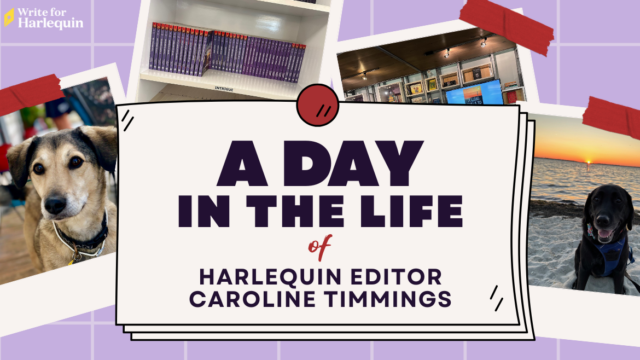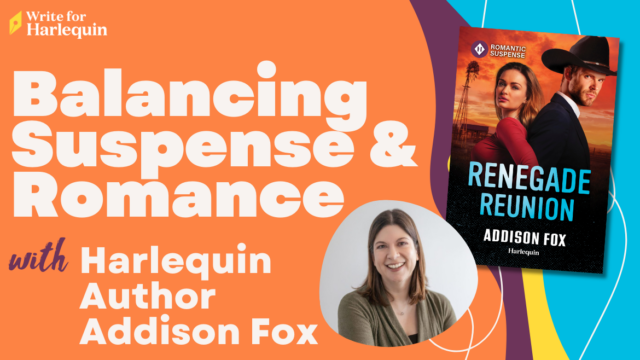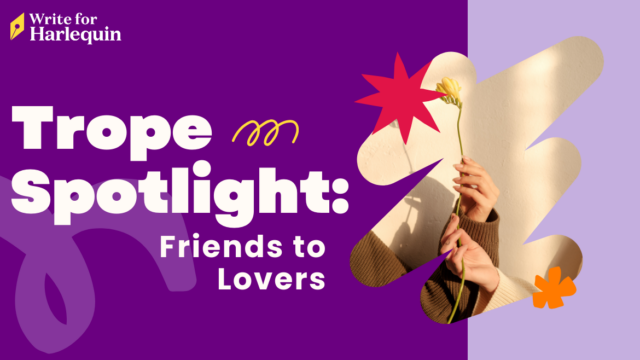
We are delighted to welcome Harlequin Historical author, Catherine Tinley to Write for Harlequin and to share her key to character development!
Writing strong, layered characters that seem real to the reader is a key part of any successful novel. In a romance novel, the book needs to center on the main characters, and minor characters need to earn their right to be there by moving the central relationship or the plot on in a significant way. The writer needs to know the main characters well before starting to write.
Sometimes I start with a fairly sketchy idea, and I get to know the main characters as I see how they respond to events, but then I have to go back and edit for consistency. I much prefer now to have done quite a bit of work on the characters before I begin writing, using the Goal, Motivation, Conflict framework described by Debra Dixon.
It focuses around three questions for each main character, as follows:
Goal: what is this character trying to achieve? Dorothy in The Wizard of Oz was trying to get home. In order to do that she had to follow the yellow brick road, make friends with the Scarecrow, the Tin Man, and the Lion, and reach the Emerald City. She then had to see the Wizard, defeat the Witch, and bring her broomstick back. All clear goals.
However, her actual goal, internally, was to learn an important lesson: There’s no place like home.
The character arc is the inward journey of change that a character travels in order to learn something about themselves or become a better person by the end of the book.
So, what is your main character’s goal? And what must they learn or change by the end of the tale? How will this journey change them? Focus on both the external and internal factors.
Motivation: This is the ‘why’ question. Why does this character have this goal? Why do they believe what they believe? Was it perhaps something in their past? An unhappy childhood? A previous difficult relationship or break-up? We want the main characters to come across as flawed but believable human beings, whose barriers to love are believable, yet resolvable.
Conflict: The actual goal in any romance is for the main characters to fall in love with each other. If they fell in love easily on page ten or page twenty, we would have no book. So, what is it that stops these two people falling for each other and acknowledging it in a straightforward way? This is the ‘Why not?’ of this model. What are the barriers, and are they realistic? Some conflict will come from the beliefs and fears the main characters already have when the book begins, but additional, new barriers can be introduced at different points in the story. Perhaps plot points or the actions of secondary characters impacting on the main characters. It’s always good to have a mix of external (plot) and internal (character) barriers.
So there you have it… Goal, Motivation, and Conflict in a nutshell!
Happy writing, and good luck!
Catherine Tinley




